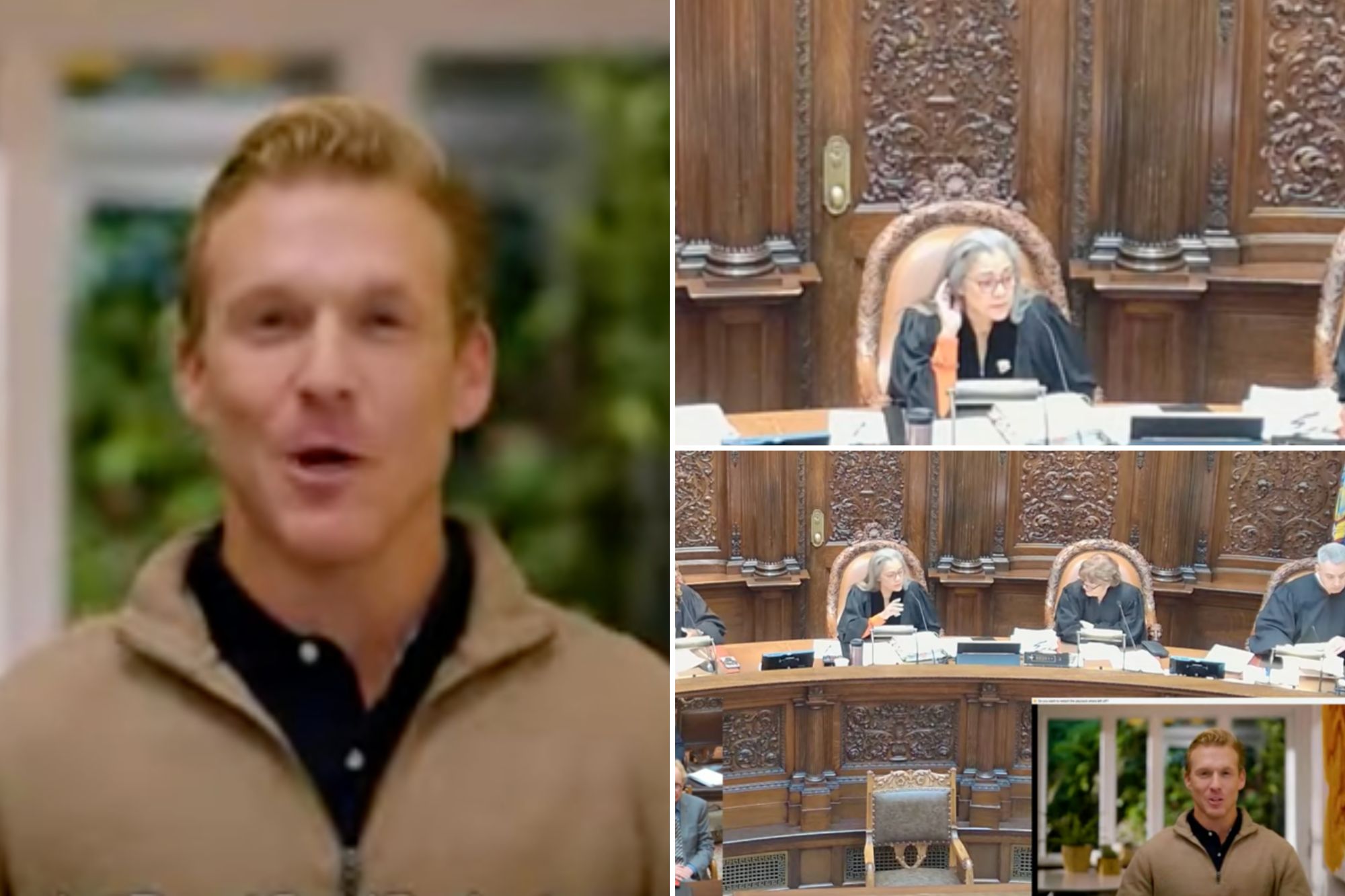AI avatar tried to argue a case before New York court — but judges weren’t having it
The man's bright eyes and charming smile exuded confidence and charisma. His energetic demeanor captivated the audience's attention as he spoke. His engaging presence made it easy for viewers to connect with him. The combination of his polished appearance and dynamic personality left a lasting impression on those watching. The man's professional yet approachable demeanor made him a compelling figure on screen.

The Arrival of Artificial Intelligence in the Legal World
It took only seconds for the judges on a New York appeals court to realize that the man addressing them from a video screen — a person about to present an argument in a lawsuit — not only had no law degree, but didn’t exist at all. The latest bizarre chapter in the awkward arrival of artificial intelligence in the legal world unfolded March 26 under the stained-glass dome of New York State Supreme Court Appellate Division’s First Judicial Department, where a panel of judges was set to hear from Jerome Dewald, a plaintiff in an employment dispute.
Unveiling of the AI Avatar
“The appellant has submitted a video for his argument,” said Justice Sallie Manzanet-Daniels. “Ok. We will hear that video now.” On the video screen appeared a smiling, youthful-looking man with a sculpted hairdo, button-down shirt and sweater. “May it please the court,” the man began. “I come here today a humble pro se before a panel of five distinguished justices.”
“Ok, hold on,” Manzanet-Daniels said. “Is that counsel for the case?” “I generated that. That’s not a real person,” Dewald answered. It was, in fact, an avatar generated by artificial intelligence. The judge was not pleased. “It would have been nice to know that when you made your application. You did not tell me that sir,” Manzanet-Daniels said before yelling across the room for the video to be shut off. “I don’t appreciate being misled,” she said before letting Dewald continue with his argument.
Consequences and Apology
Dewald later penned an apology to the court, saying he hadn’t intended any harm. He didn’t have a lawyer representing him in the lawsuit, so he had to present his legal arguments himself. In an interview with The Associated Press, Dewald said he applied to the court for permission to play a prerecorded video, then used a product created by a San Francisco tech company to create the avatar. Originally, he tried to generate a digital replica that looked like him, but he was unable to accomplish that before the hearing.
“The court was really upset about it,” Dewald conceded. “They chewed me up pretty good.” Even real lawyers have gotten into trouble when their use of artificial intelligence went awry. In June 2023, two attorneys and a law firm were each fined $5,000 by a federal judge in New York after they used an AI tool to do legal research and cited fictitious legal cases made up by the chatbot.
Legal Ramifications and AI in the Courtroom
Arizona’s Supreme Court recently began using two AI-generated avatars to summarize court rulings for the public. On the court’s website, the avatars — who go by “Daniel” and “Victoria” — say they are there “to share its news.” Daniel Shin, an adjunct professor and assistant director of research at the Center for Legal and Court Technology at William & Mary Law School, mentioned that such occurrences were inevitable with the rise of AI in the legal world.
While Dewald’s case was still pending before the appeals court, it raises questions about the implications of using AI in legal proceedings and the need for clear guidelines in its application.

